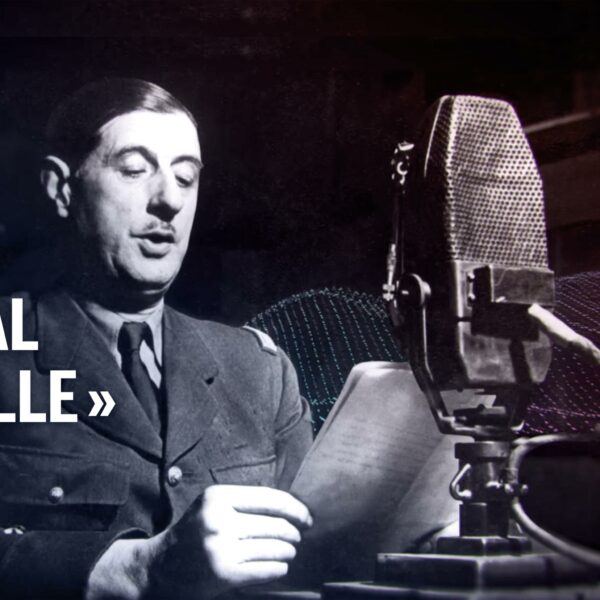We are entering a new era that belongs to voice.
From a technological point of view, the deployment of 5G combined with new computational power is leveraging years of research into voice reproduction and transformation to produce tangible results.
Voice applications are developing, boosted by their ease of use. If each person interacts with others through more and more channels, then the constant renewal of this content requires the upgrading of listening experiences.
More broadly speaking, after decades of domination by images and text, the sensory and emotional dimension conveyed by the voice is becoming a new frontier for the transmission of feelings and for the creation of new multi-sensory experiences. A new playground for personalising one’s avatar in the metaverse or in video games? Retrieving the power of speech for historical figures by reconstructing their voices in the documentary and audiovisual fields?
In this way, voice cloning, and more generally voice synthesis, must respond to this rapid change by ensuring that they are accurate and accountable.


